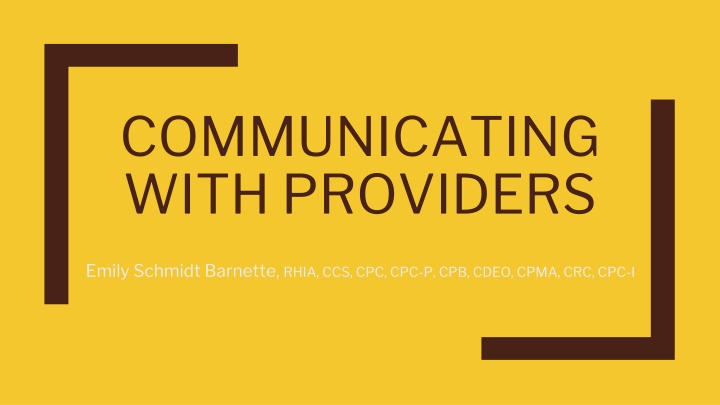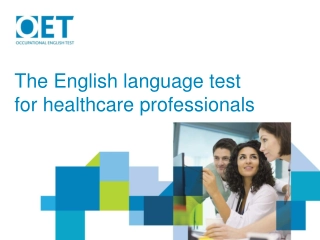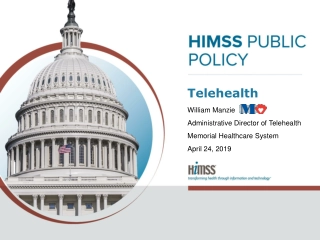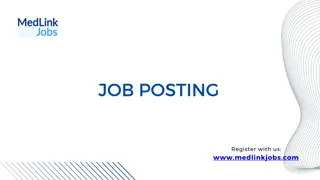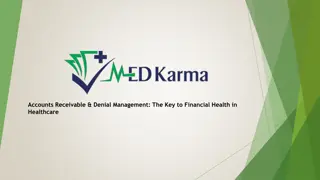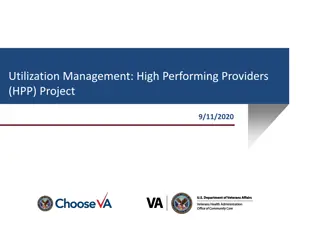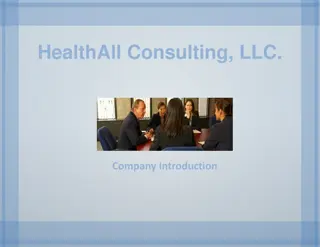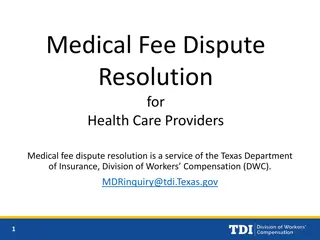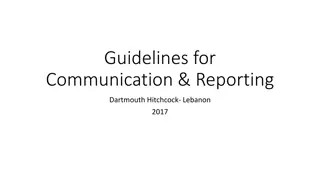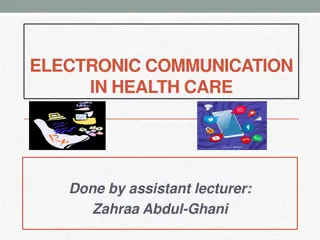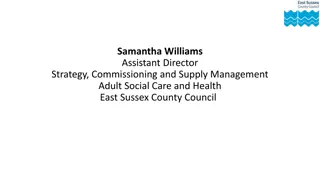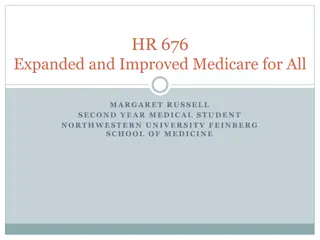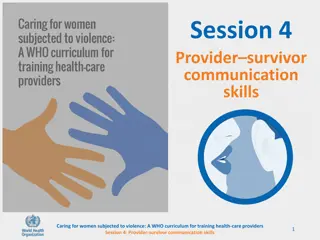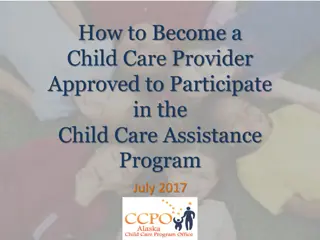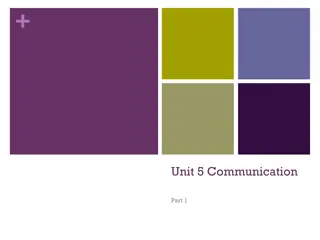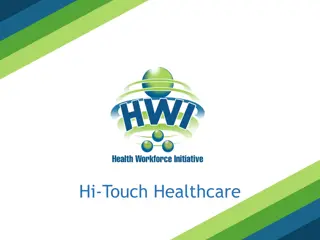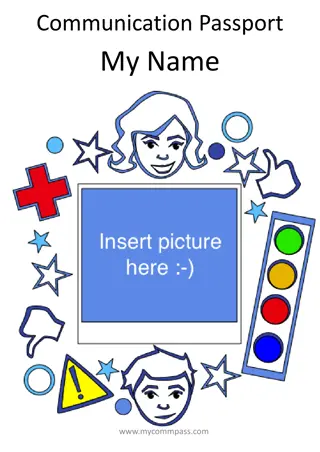Effective Communication Strategies for Healthcare Providers
Develop strong communication skills in healthcare by enhancing verbal and non-verbal communication, understanding communication principles, and navigating complex regulatory requirements. Explore ways to support physicians, reduce burnout, and improve patient engagement.
Download Presentation

Please find below an Image/Link to download the presentation.
The content on the website is provided AS IS for your information and personal use only. It may not be sold, licensed, or shared on other websites without obtaining consent from the author.If you encounter any issues during the download, it is possible that the publisher has removed the file from their server.
You are allowed to download the files provided on this website for personal or commercial use, subject to the condition that they are used lawfully. All files are the property of their respective owners.
The content on the website is provided AS IS for your information and personal use only. It may not be sold, licensed, or shared on other websites without obtaining consent from the author.
E N D
Presentation Transcript
COMMUNICATING WITH PROVIDERS Emily Schmidt Barnette, RHIA, CCS, CPC, CPC-P, CPB, CDEO, CPMA, CRC, CPC-I
Why am I Qualified? 13 years of experience in coding and supervisory roles Introvert! Have built successful working relationships with providers
Medscape National Physician Burnout & Depression Report More than 15,000 physicians Covers 29 specialties Eye-opening realities
Look familiar? Image source: https://thedoctorweighsin.com/the-frustration-of-trying-to-engage-our-patients/
We are part of the problem Physicians are overwhelmed Rules and Regulations Medicare rules Payer guidelines NCCI edits Meaningful use MIPS MACRA HCCs CPT ICD-10 HCPCS ETC
The Goal Image source: https://thedoctorweighsin.com/how-happy-are-us-doctors/
VERBAL COMMUNICATION
Verbal Communication Introduce yourself Know your material Be prepared know your objective What are you trying to accomplish? How will you accomplish it? Be respectful of the physician s time
Communication Principles Content Do you know what you re going to say? Even simple messages can be misunderstood Process How is your message delivered? Be aware of nonverbal cues Context Environment Culture
Method of Communication Scheduled meeting One-on-one Group In person Virtual A few minutes here and there
Be Clear! No matter the setting, always be prepared Know your topic and exactly what you re trying to communicate Know the rules (guidelines, payer rules, etc.)
Tips for Effective Communication Create trust and confidence Be clear and concise Don t give too much information Give the provider time to process the information Encourage questions and feedback If you don t know the answer, find the answer and follow up
Code speak Don t talk like a coder Use words and terms that your physician is likely to understand Bad? 13.0 requires a code from N18.- and also a code from I50.- in order to fully capture this condition and code it correctly Better When documenting hypertensive heart and kidney disease w/heart failure, it s important to remember to also include the associated stage of CKD and the specific type of heart failure
WRITTEN COMMUNICATION
Image source: https://ben9340.files.wordpress.com/2011/10/bademail1.png
Written Communication Be clear Understand the language you are communicating in Grammar Punctuation Context Use a formal writing style Be aware of font type, colors, and size
Tips for Written Communication Prepare your message Use your resources Know the purpose of your message Always be professional Write clearly and concisely Proofread!
Sound Familiar? Written communication is very similar to verbal Key differences: Spelling and punctuation matter Time to review your work Take advantage of this!
Remember! Remember that professionalism is key when communicating with the written word Misspellings and incorrect grammar usage can discredit you Always, always, always proofread and ensure the message is saying exactly what you want it to
Image source: http://academy.justjobs.com/dont-suck-at-instant-messaging/
Grant me the serenity to accept the documentation I cannot change and the courage to query the things I must. - Coder s Serenity Prayer (Author Unknown)
What is a Query? A question posed to the provider, typically in written form Necessary because documentation is sometimes vague or lacking Good for both communication and education
The Query Process AAPC and the American Health Information Management Association (AHIMA) both have excellent query resources available online The rest of the information in this section of the presentation has been adapted from these resources Links will be listed in the resource section of this presentation
When to Query? When there is a variation in documentation practices by providers Clinical indicators of a diagnosis but no documentation of the condition Clinical evidence for a higher degree of specificity Uncertainty of a cause-and-effect relationship Underlying cause when admitted with symptoms Treatment documented, but no diagnosis documented Present on admission (POA) indicator status Clinical validation of a diagnosis
When to Query? When documentation in the patient s record fails to meet one of the following seven criteria: Legibility Completeness Clarity Consistency Precision Reliability Timeliness
When to Query? Provider documentation entries in the health record should: Address clinical significance of abnormal test results Support the intensity of patient evaluation and treatment Describe the thought process an complexity of medical decision making Include all diagnostic and therapeutic procedures, treatments, and tests ordered and performed in addition to the results Include all conditions that coexist at the time of the encounter, that subsequently develop, or that affect the treatment received and the patient s length of stay, if applicable
The Query Process Queries may be either verbal or written and may be generated in one or more of the flowing ways: Concurrent (while the patient is still an inpatient) Retrospective (post discharge/encounter) Written and email queries will be made utilizing compliant query templates Query templates may only be edited as follows: Deletion of any part of the query form not pertinent to the query Add any pertinent clinical findings as documented in the health record
The Query Process Verbal and telephonic queries should follow the same format as written queries All queries should be: Clear, concise, and non-leading Simple and direct Itemize the clinical indicators or clues from the health record The query should contain all of the patient s identifying information such as name, date of admission or service, discharge date (if applicable), unit, etc. as well as the clinical findings with supporting documentation that results in a specific question for the provider
The Query Process Queries can be initiated by either coding professionals or Clinical Documentation Improvement (CDI) professionals All queries should be logged for follow-up, to track responses and to trend for any documentation issues that could indicate: Additional documentation improvement educational opportunities for providers Over use of queries by CDI professionals or coding professionals
Example Verbal Query The documentation of verbal queries should follow a standard format to include all necessary information. Spoke with Dr. X regarding the documentation of (condition/procedure) based upon the clinical indicator(s) found in the health record (list what was found and where).
Types of Written Queries Open-ended Multiple Choice Yes/No
Example Open-ended Query Scenario: A patient is admitted with pneumonia. The admitting H&P examination reveals WBC of 14,000; a respiratory rate of 24; a temperature of 102 degrees; heart rate of 120; hypotension; and altered mental status. The patient is administered an IV antibiotic and IV fluid resuscitation. Leading: The patient has elevated WBCs, tachycardia, and is given an IV antibiotic for Pseudomonas cultured from the blood. Are you treating for sepsis?
Example Open-ended Query (continued) Nonleading: Based on your clinical judgment, can you provide a diagnosis that represents the below-listed clinical indicators? The admitting history and PE reveals the following: WBC 14,000 Respiratory rate 24 Temperature 102 F Heart rate 120 Hypotension Altered mental status IV antibiotic administration IV fluid resuscitation Please document the condition and the causative organism (if known) in the medical record.
Example Multiple Choice Query Scenario: A patient is admitted for a right hip fracture. The H&P notes that the patient has a history of chronic congestive heart failure. A recent echocardiogram showed left ventricular ejection fraction (EF) of 25 percent. The patient s home medications include metoprolol XL, lisinopril, and Lasix. Leading: Please document if you agree the patient has chronic diastolic heart failure.
Example Multiple Choice Query (continued) Nonleading: It is noted in the impression of the H&P that the patient has chronic congestive heart failure and a recent echocardiogram noted under the cardiac review of systems reveals an EF of 25 percent. Can the chronic heart failure be further specified as: Chronic systolic heart failure____________________ Chronic diastolic heart failure___________________ Chronic systolic and diastolic heart failure_________ Some other type of heart failure _________________ Undetermined/unspecified_______________________
Example Yes/No Scenario: A patient is admitted with cellulitis around a recent operative wound site, and only cellulitis is documented without any relationship to the recent surgical procedure Query: Is the cellulitis due to or the result of the surgical procedure? Please document your response in the health record. _____ Yes _____ No _____ Other _____ Clinically Undetermined
Further Query Examples All query examples in this presentation retrieved from Physician Query Examples (ahima.org) Additional examples for further study are available at the above link
COMMUNICATING AUDIT RESULTS / PROVIDER EDUCATION
Building the Relationship Always be respectful Knowledge Skills Time Encourage teamwork Highlight mutual benefits to correct coding
Building the Relationship Don t lecture encourage interaction Be open to listening Ask questions Be a person!
Resources Query Physicians to Improve Documentation and Dx Coding - AAPC Knowledge Center Take Your Provider Queries to the Next Level - AAPC Knowledge Center Querying providers (aapc.com) Guidelines for Achieving a Compliant Query Process (Journal of AHIMA - April 2019)
Resources Query Toolkit (ahima.org) Medscape National Physician Burnout & Depression Report 2018 Physician Query Examples (ahima.org)
Emily Barnette 386-956-0980 barnette.emilys@gmail.com
